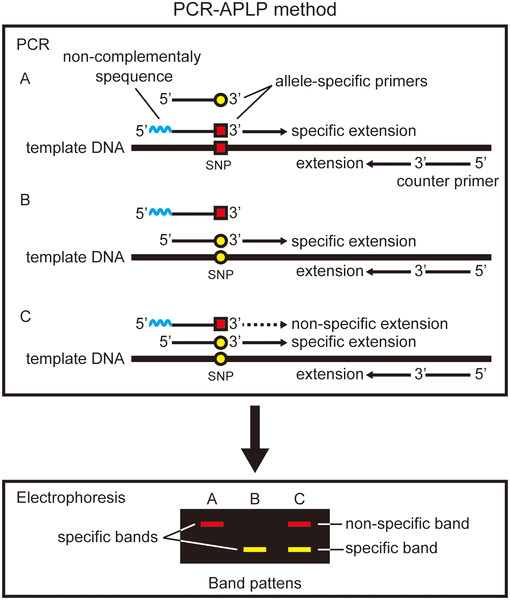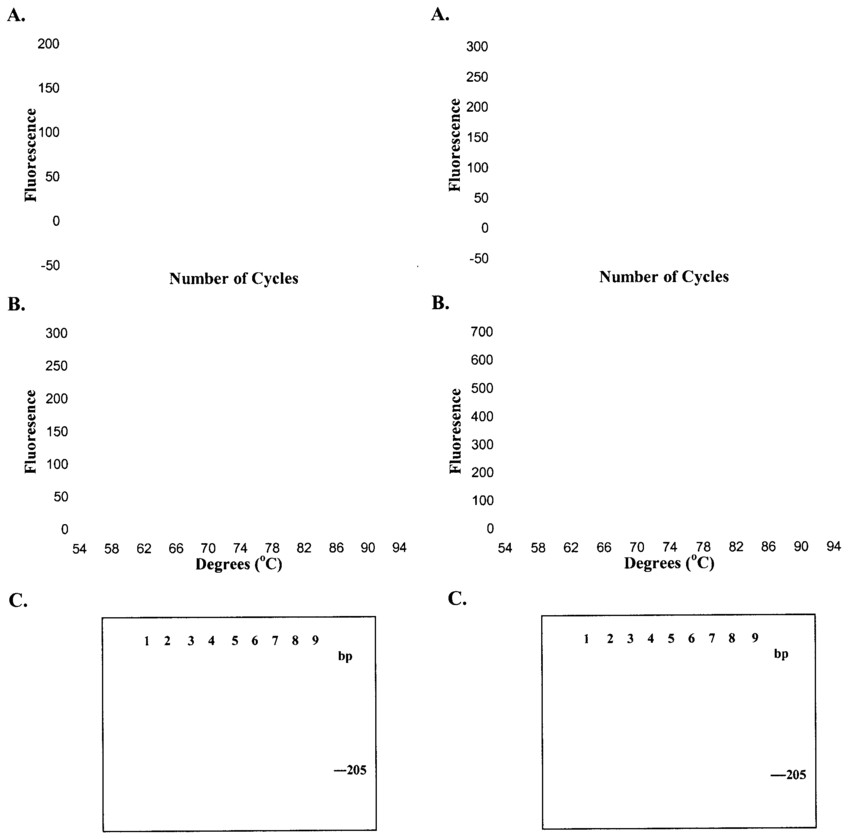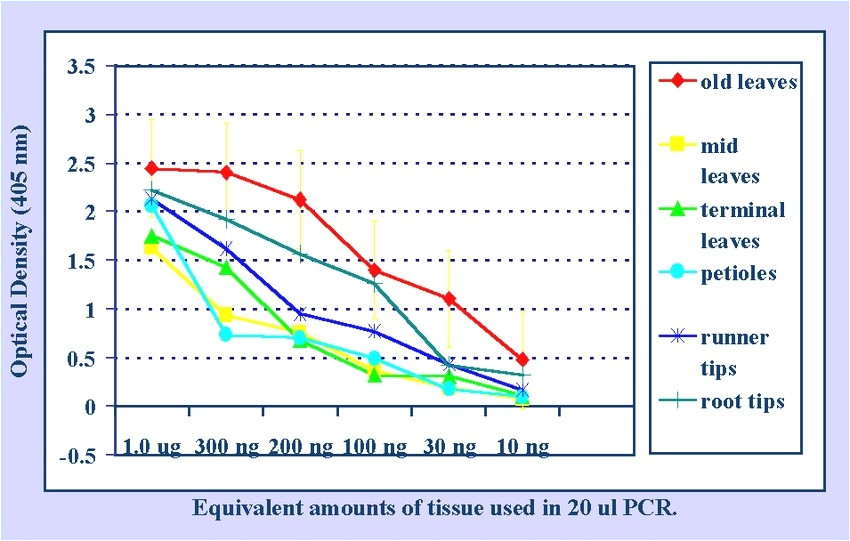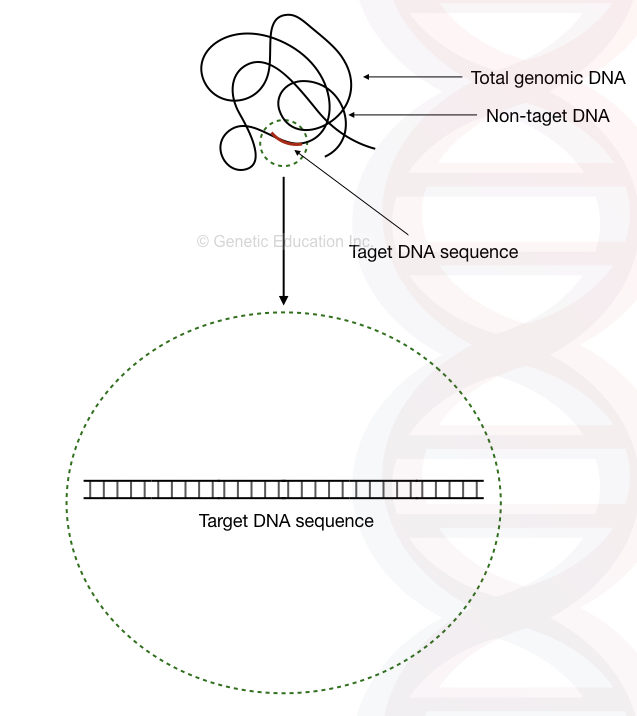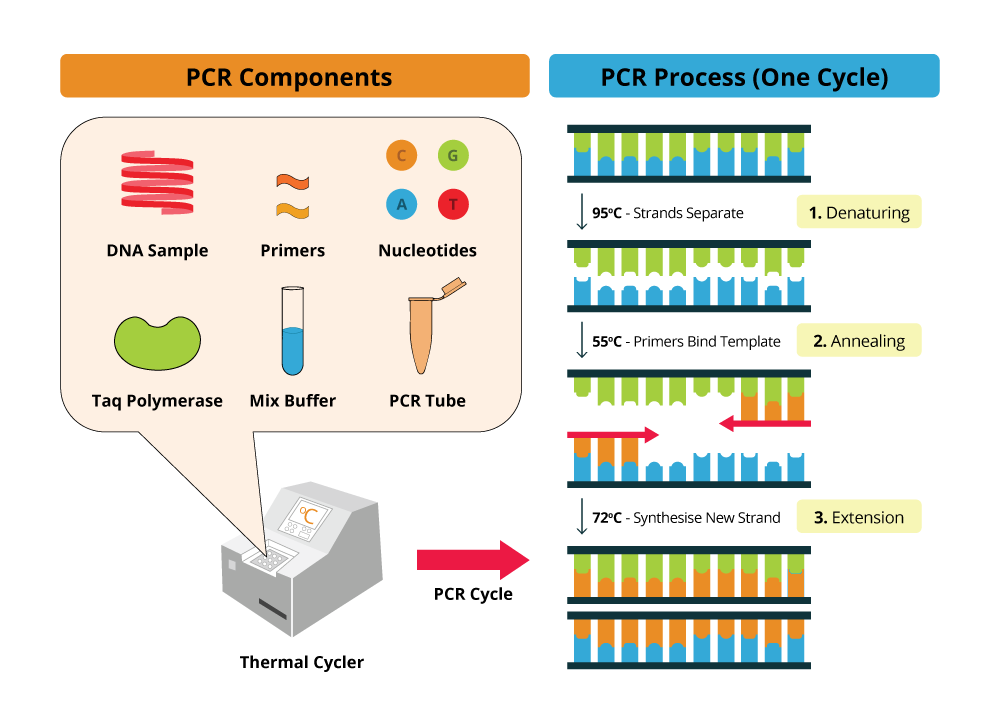How Much Template Dna For Pcr
How Much Template Dna For Pcr - The polymerase chain reaction (pcr) is a method to rapidly amplify sequences of dna. During a typical pcr, template dna (containing the region of interest) is mixed with deoxynucleotides (dntps), a dna polymerase and primers. Template total mass (recommended) template volume per reaction: You have a pcr template sample containing 100 molecules of dsdna. The following table lists the recommended amount of dna template and primer for optimal sanger sequencing results. For plasmid dna the size is the entire plasmid, vector plus insert. Avoid templates that use up too much space on a slide. These enzymes utilize energy from atp to move on dna, destabilize the hydrogen bonds between bases, and separate the two strands of the double helix. 0.5 μl phage or 1 μl yeast: Also keep in mind that use of high dna. Web during dna replication, the template is generated by enzymes known as helicases. Web recommended amounts of dna template for a 50 μl reaction are as follows: 0.5 μl phage or 1 μl yeast: For plasmid dna the size is the entire plasmid, vector plus insert. You have a pcr template sample containing 100 molecules of dsdna. During a typical pcr, template dna (containing the region of interest) is mixed with deoxynucleotides (dntps), a dna polymerase and primers. So, only a tiny portion of the template dna is utilized for pcr amplification. You have a pcr template sample containing 100 molecules of dsdna. 2 ng/μl phage or 10 ng/μl yeast: Reference module in life sciences, 2017. Web during dna replication, the template is generated by enzymes known as helicases. Your primer concentration µm (pmol/µl) your primer volume per reaction: 0.5 μl phage or 1 μl yeast: Web 11 rows generally, no more than 1 ug of template dna should be used per pcr reaction. Pdffiller allows users to edit, sign, fill and share all type of. The suspended centrifuged sediments were shown as excellent templates for pcr. The polymerase chain reaction (pcr) is a method to rapidly amplify sequences of dna. Web a sanger sequencing reaction is run with a single primer. So, only a tiny portion of the template dna is utilized for pcr amplification. Reference module in life sciences, 2017. The suspended centrifuged sediments were shown as excellent templates for pcr. These enzymes utilize energy from atp to move on dna, destabilize the hydrogen bonds between bases, and separate the two strands of the double helix. Web during dna replication, the template is generated by enzymes known as helicases. The polymerase chain reaction (pcr) is a method to rapidly amplify. Dna length (include vector) template concentration in 10 µl: These enzymes utilize energy from atp to move on dna, destabilize the hydrogen bonds between bases, and separate the two strands of the double helix. Web recommended amounts of dna template for a 50 μl reaction are as follows: For plasmid dna the size is the entire plasmid, vector plus insert.. The suspended centrifuged sediments were shown as excellent templates for pcr. Web in pcr, the length of the target dna sequence is usually between 100bp to 5,000bp. Web 9 rows template dna: So, only a tiny portion of the template dna is utilized for pcr amplification. These enzymes utilize energy from atp to move on dna, destabilize the hydrogen bonds. Web 9 rows template dna: This technique involves 0.1 m potassium hydroxide treatment at 100°c for 10 min followed by centrifugation. Pdffiller allows users to edit, sign, fill and share all type of documents online. If the template dna is obtained from a cdna synthesis reaction, the volume added should be less than 10% of the total reaction volume. These. Web 9 rows template dna: Web recommended amounts of dna template for a 50 μl reaction are as follows: The following table lists the recommended amount of dna template and primer for optimal sanger sequencing results. 0.5 μl phage or 1 μl yeast: Reference module in life sciences, 2017. Web 11 rows generally, no more than 1 ug of template dna should be used per pcr reaction. So, only a tiny portion of the template dna is utilized for pcr amplification. Web pcr products should be examined on an agarose gel to estimate concentration and to confirm amplicon size prior to its use as a template in the hiscribe. For plasmid dna the size is the entire plasmid, vector plus insert. 0.5 μl phage or 1 μl yeast: The suspended centrifuged sediments were shown as excellent templates for pcr. The polymerase chain reaction (pcr) is a method to rapidly amplify sequences of dna. Your primer concentration µm (pmol/µl) your primer volume per reaction: The ingredients are assembled in a tube, along with cofactors needed by the enzyme, and are put through repeated cycles of heating and cooling that allow dna to be synthesized. Also keep in mind that use of high dna. 2 ng/μl phage or 10 ng/μl yeast: Web recommended amounts of dna template for a 50 μl reaction are as follows: So, only a tiny portion of the template dna is utilized for pcr amplification. These enzymes utilize energy from atp to move on dna, destabilize the hydrogen bonds between bases, and separate the two strands of the double helix. Pdffiller allows users to edit, sign, fill and share all type of documents online. Dna length (include vector) template concentration in 10 µl: Ad register and subscribe now to work on guide to dna testing & more fillable forms. Web 9 rows template dna: Web a sanger sequencing reaction is run with a single primer. During a typical pcr, template dna (containing the region of interest) is mixed with deoxynucleotides (dntps), a dna polymerase and primers. Avoid templates that use up too much space on a slide. Template total mass (recommended) template volume per reaction: If the template dna is obtained from a cdna synthesis reaction, the volume added should be less than 10% of the total reaction volume. You have a pcr template sample containing 100 molecules of dsdna. Web pcr products should be examined on an agarose gel to estimate concentration and to confirm amplicon size prior to its use as a template in the hiscribe t7 high yield rna synthesis kit. Ad register and subscribe now to work on guide to dna testing & more fillable forms. Also keep in mind that use of high dna. If you ran 5 pcr cycles, what is the highest number of molecules you could have? None of the text, figures, photos, graphs, etc. So, only a tiny portion of the template dna is utilized for pcr amplification. These enzymes utilize energy from atp to move on dna, destabilize the hydrogen bonds between bases, and separate the two strands of the double helix. The polymerase chain reaction (pcr) is a method to rapidly amplify sequences of dna. This technique involves 0.1 m potassium hydroxide treatment at 100°c for 10 min followed by centrifugation. Web recommended amounts of dna template for a 50 μl reaction are as follows: Web in pcr, the length of the target dna sequence is usually between 100bp to 5,000bp. Web during dna replication, the template is generated by enzymes known as helicases. 0.5 μl phage or 1 μl yeast: Web 9 rows template dna: Avoid templates that use up too much space on a slide.How Much Template Dna for Pcr williamsonga.us
Schematics for PCR assembly of Au NRs. (a) PCR replication procedure in
How To Design Primers For Pcr Amplification
How Much Template Dna for Pcr williamsonga.us
How Much Template Dna for Pcr williamsonga.us
Overview of the polymerase chain reaction (PCR). Template DNA strands
What are the properties of PCR (template) DNA?
an alternative blog of mine — 2019 Wishes to all from Athens, Greece
What are the properties of PCR (template) DNA? Education
Polymerase chain reaction (PCR) template DNA and dsRNA. (A) Diagram
Template Total Mass (Recommended) Template Volume Per Reaction:
The Following Table Lists The Recommended Amount Of Dna Template And Primer For Optimal Sanger Sequencing Results.
Reference Module In Life Sciences, 2017.
Dna Length (Include Vector) Template Concentration In 10 Μl:
Related Post:

